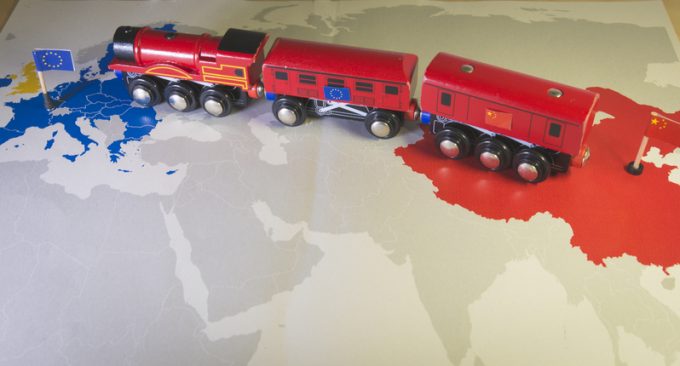OOCL gains market share in Q1, with 'very strong' financials unveiled by Cosco
Volumes carried by Cosco-owned container line OOCL in the first quarter soared, compared with the ...

Substantial price and capacity volatility in air freight and blanked sea freight sailings have pushed attention toward overland routes between Asia and Europe.
InstaFreight, a road specialist, is one forwarder offering trucking services across Eurasia and claims that, with congestion affecting Chinese exports, the delivery times are similar to air – but cheaper and “more stable”.
Depending on the number of drivers and the origin and destination, InstaFreight claims a transit of between 20 and 22 days, but this could be shortened ...
Maersk Air Cargo sees volumes fall as it aims for 'margin in favour of revenue'
Keep our news independent, by supporting The Loadstar
Container spot rates diverge: to Europe still falling, but firmer to the US
Hapag-Lloyd won't take bookings if port congestion leaves cargo stranded
Ecommerce likely the front-runner in resurge of transpacific trade after deal
Volume surge and an early peak season? 'Don't celebrate too soon,' warning
China-US trade tariff pause could drive a rebound for transpacific rates
Airfreight players eye new routes as demand on the transpacific nosedives
Service chaos from trade ban with India a problem for Pakistan shippers
Airfreight rates ex-China 'loss-making', but hopes of a trade deal stay high
Indian coastal freight attracts major carriers, but regional tension disrupts
Serious threat to jobs in US logistics as tariffs cause economic 'stagflation'

Comment on this article